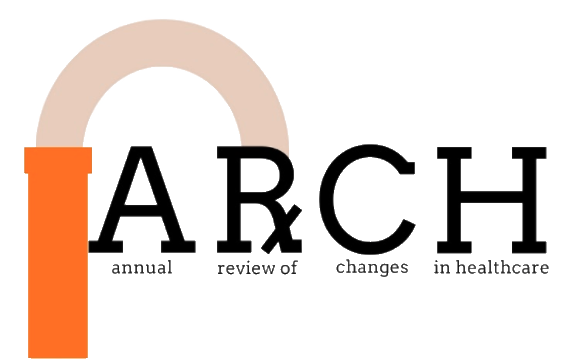A review of therapies for elevated intracranial pressure following traumatic brain
injury
|
Emily Stephens
|
Abstract
Increases in intracranial pressure (ICP) secondary to cerebral edema or hemorrhage is a notable complication that may arise following a traumatic brain injury (TBI). The main goal in the management of elevated ICP is prevention of secondary brain injury. The 2016 Brain Trauma Foundation Guidelines for the Management of Severe Traumatic Brain Injury recommend hyperosmolar therapy in the treatment algorithm for reducing ICP, with the previous guideline edition suggesting that mannitol is an effective hyperosmolar agent. The guidelines acknowledge that hypertonic saline has become increasingly popular as an alternative agent to mannitol, possibly due to a longer duration of action and a reduced likelihood of inducing electrolyte abnormalities. The guidelines indicate that there is a lack of sufficient evidence required to make a formal recommendation supporting the use of one particular hyperosmolar agent. Since osmotherapy fluid selection is left to clinician preference, these healthcare providers should be informed about differences in mechanisms which may influence perceived benefits, potential off-target effects, as well as patient groups in which one agent may be favored.
Full Text
| Vol 6 Article 2 | |
| File Size: | 215 kb |
| File Type: | |



